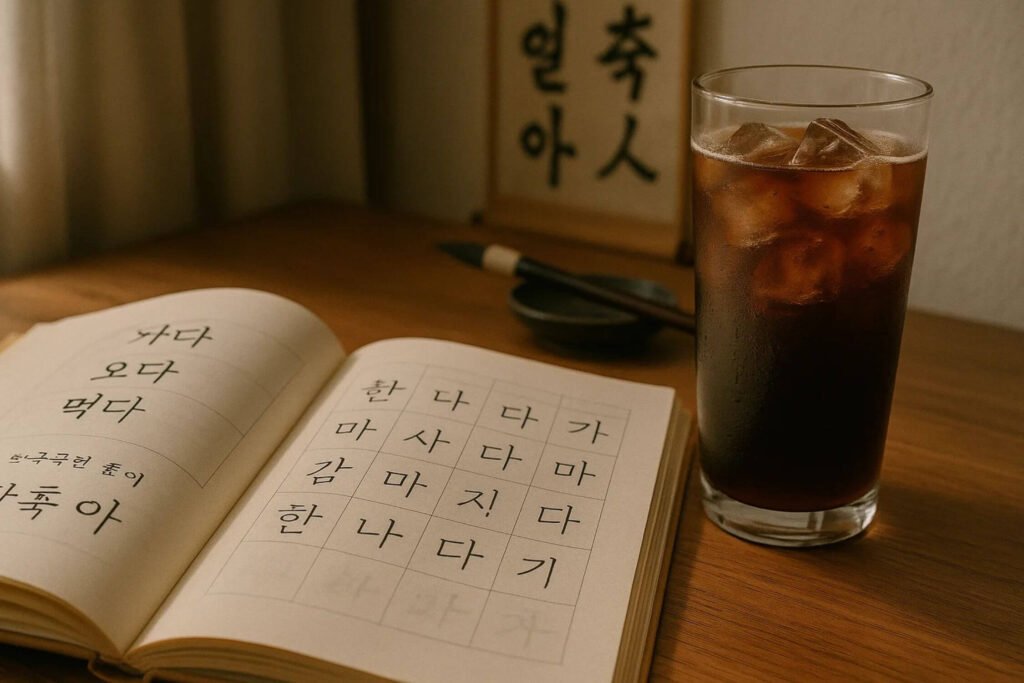When most travelers think of South Korea, places like Seoul, Busan, or Jeju Island often dominate the conversation. While these iconic destinations have their own undeniable appeal, there’s so much more to explore beyond the popular tourist trail. South Korea is filled with hidden gems—smaller cities that boast rich history, scenic landscapes, authentic local culture, and warm hospitality. If you’re planning a trip to Korea and want to go off the beaten path, these 10 underrated Korean cities definitely deserve a spot on your bucket list.
1. Andong
Tucked away in North Gyeongsang Province, Andong is often referred to as the “Capital of Korean Spirit.” This city is home to one of the most well-preserved traditional villages in Korea—Hahoe Folk Village, a UNESCO World Heritage site. With centuries-old hanok houses, cultural festivals like the Andong Mask Dance Festival, and serene riverside views, Andong offers a glimpse into Korea’s Confucian past. Unlike the fast-paced cities, Andong moves to a slower rhythm, allowing you to fully immerse yourself in Korean heritage and history.
2. Mokpo
Mokpo, located at the southwestern tip of the Korean Peninsula, is a port city that beautifully blends ocean views with mountainous backdrops. Despite its picturesque coastal scenery, Mokpo remains surprisingly under the radar. The city is a gateway to the stunning Dadohaehaesang National Park, an archipelago of over 1,700 islands. You can hike up Yudal Mountain for panoramic views of the sea, explore colorful coastal streets, or take a ferry to nearby islands like Oedaldo. Mokpo’s seafood markets are also a culinary delight, with fresh catches served in traditional Korean style.
3. Jeonju
Jeonju may be slowly gaining recognition, but it still doesn’t get the international spotlight it truly deserves. Known as the birthplace of bibimbap, Jeonju is a haven for food lovers. But the city offers much more than just mouthwatering cuisine. Its historic Hanok Village is home to hundreds of traditional Korean houses, where you can try on hanbok, sip on artisan teas, and explore quaint alleyways filled with local crafts. Jeonju’s blend of modern culture and ancient charm makes it a cultural treasure worth exploring.
4. Gangneung
Located on the east coast, Gangneung is a city that strikes the perfect balance between nature and urban life. While it gained some attention during the 2018 Winter Olympics, it still remains largely underrated among international travelers. The city offers pristine beaches like Gyeongpo Beach, romantic lakeside paths, and lush pine forests. It’s also a hub of coffee culture, with an entire street dedicated to beachfront cafés. Whether you’re watching the sunrise over the East Sea or exploring the historic Ojukheon House, Gangneung promises a refreshing escape from the ordinary.
5. Tongyeong
Often called the “Naples of Korea” for its stunning coastal views and vibrant artistic culture, Tongyeong is a hidden jewel in South Gyeongsang Province. The city is dotted with islets, turquoise waters, and colorful hillside houses. It’s also famous for its role in Korean naval history and the legacy of Admiral Yi Sun-sin. Visitors can enjoy a ride on the Tongyeong Cable Car, hike around Mireuksan Mountain, or take a ferry to Bijindo Island for crystal-clear waters and sandy beaches. With its seafood markets and relaxed pace, Tongyeong offers a coastal charm that’s hard to resist.
6. Gyeongju
If you’re fascinated by history, Gyeongju is a dream destination. Once the capital of the ancient Silla Kingdom, Gyeongju is often referred to as “the museum without walls” thanks to its abundance of historical sites. Ancient tombs, stone pagodas, royal palaces, and Buddhist temples dot the landscape. Bulguksa Temple and Seokguram Grotto, both UNESCO World Heritage Sites, showcase Korea’s spiritual and architectural legacy. Despite its rich heritage, Gyeongju doesn’t receive as many tourists as it should, making it a peaceful place to reflect on Korea’s past.
7. Suncheon
Nestled in South Jeolla Province, Suncheon is a paradise for eco-tourism lovers. The city is famous for the Suncheon Bay Wetland Reserve, one of the most ecologically significant wetlands in Korea. It’s a serene haven for migratory birds, reeds, and walking trails that stretch as far as the eye can see. The nearby Suncheonman Bay National Garden features beautifully manicured landscapes and thematic zones from around the world. Suncheon is also close to Naganeupseong Folk Village, a well-preserved fortress town where locals still live in traditional thatched-roof houses. If you’re looking to reconnect with nature, Suncheon is the place to be.
8. Cheongju
Cheongju, the capital of North Chungcheong Province, is often overlooked despite its historical and cultural significance. It’s the birthplace of Jikji, the world’s oldest metal-printed book, which predates Gutenberg’s Bible. At the Early Printing Museum, you can dive into Korea’s contributions to global knowledge and innovation. The city is also home to several modern art museums, cultural festivals, and beautiful hiking trails around Sangdang Mountain Fortress. Cheongju blends ancient tradition with a modern creative energy that offers something for every traveler.
9. Chuncheon
Chuncheon, nestled in a valley surrounded by lakes and mountains, is often associated with romance thanks to its feature in the beloved Korean drama Winter Sonata. But there’s more to this lakeside city than its television fame. You can take a scenic bike ride on the old rail tracks with the famous Gangchon Rail Park, or go island hopping to Nami Island and Jarasum. Chuncheon is also famous for dakgalbi, a spicy stir-fried chicken dish you simply must try at the city’s bustling food streets. It’s an easy day trip from Seoul, but staying overnight lets you fully enjoy its tranquil charm.
10. Ulsan
Most people associate Ulsan with industry—it’s home to the world’s largest shipyard and major automotive plants. But beyond its industrial reputation lies a city filled with natural beauty and cultural depth. Ulsan’s Daewangam Park features dramatic rocky coastlines, pine forests, and scenic walkways. The Ulsan Grand Park is a green oasis in the middle of the city, while Jangsaengpo Whale Museum sheds light on Korea’s whaling history. Ulsan is also a gateway to the Yeongnam Alps, offering hiking, waterfalls, and panoramic views. It’s a city that proves you should never judge a book by its cover.
Bottom line
In 2025, travel is about more than just seeing the sights—it’s about meaningful experiences, cultural immersion, and discovering places that haven’t been saturated by mass tourism. These underrated Korean cities offer just that. Whether you’re wandering through historic streets in Andong, watching the sunrise in Gangneung, or enjoying a seafood feast in Tongyeong, each destination offers a slice of Korea that feels personal and authentic.
As South Korea continues to grow as a global travel destination, now is the perfect time to explore these lesser-known cities before the crowds catch on. You’ll not only enjoy a richer travel experience but also support local communities that rely on tourism for sustainable development.



